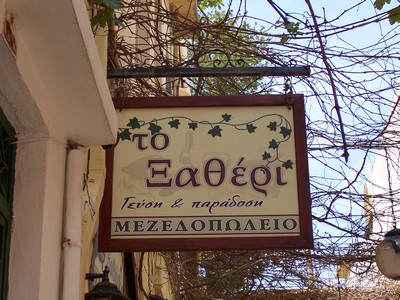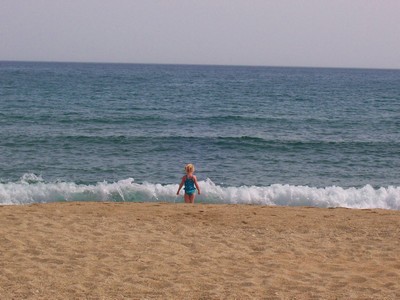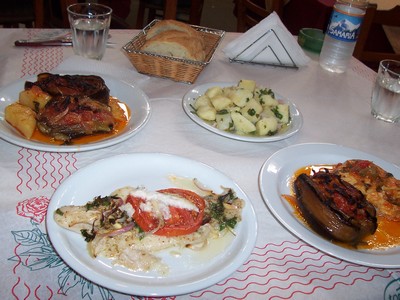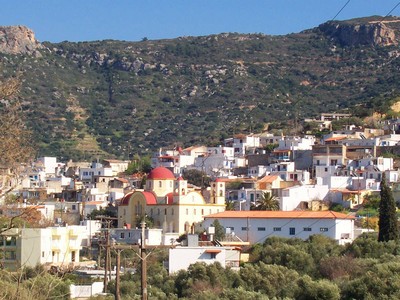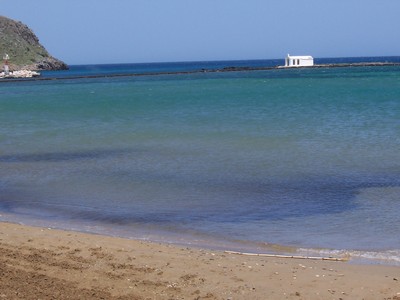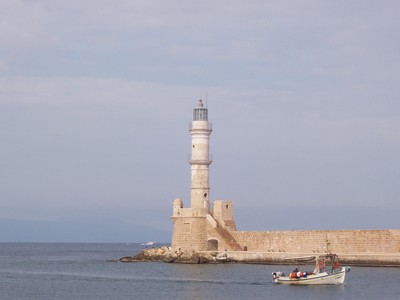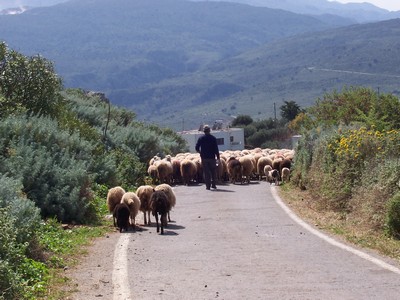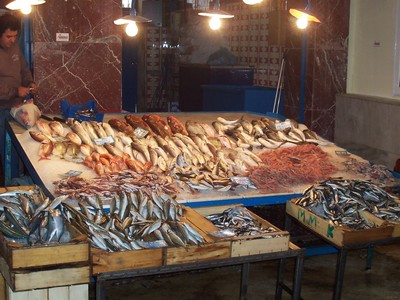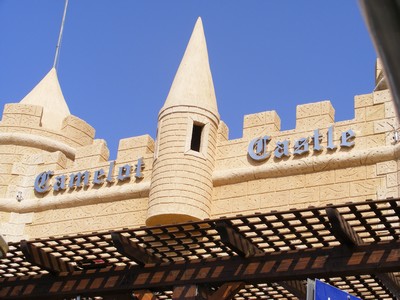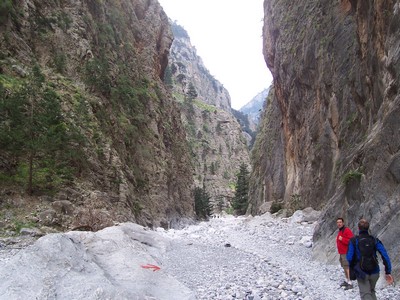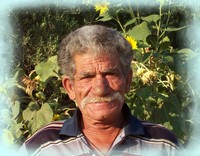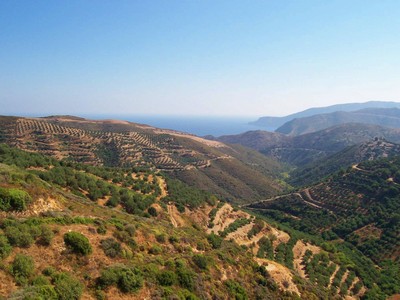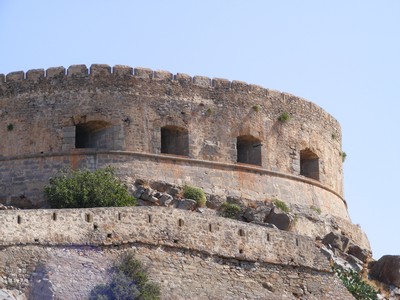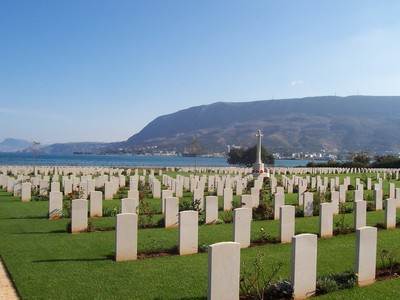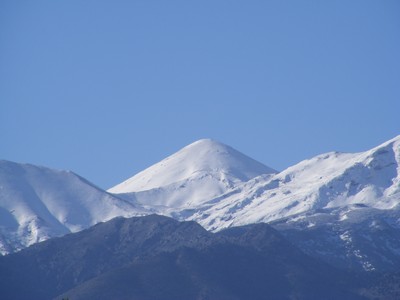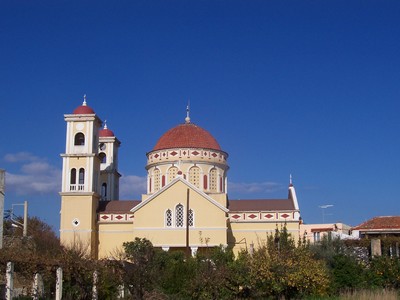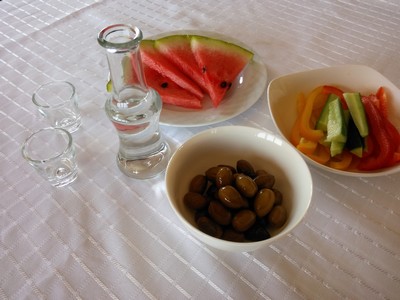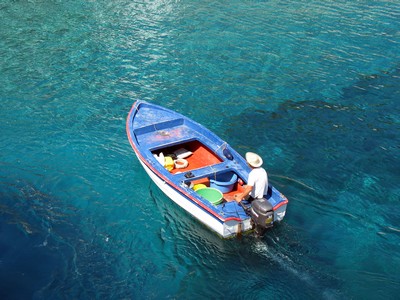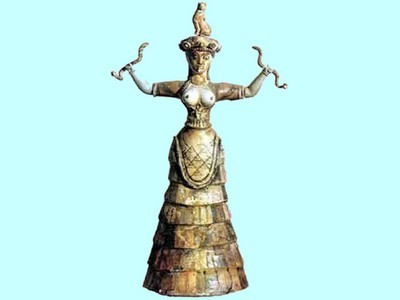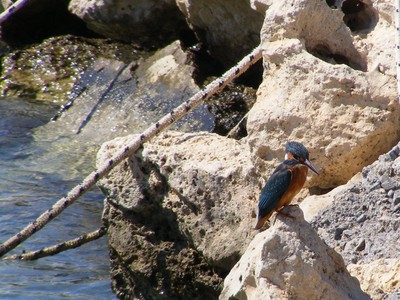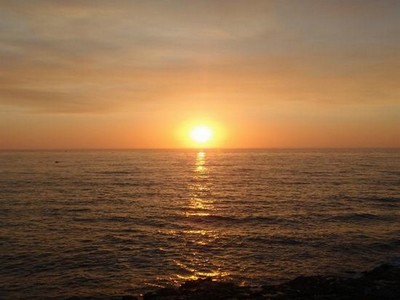Crazy about the Greek island of Crete!
Souda Bay War Cemetery Crete
Table of Contents
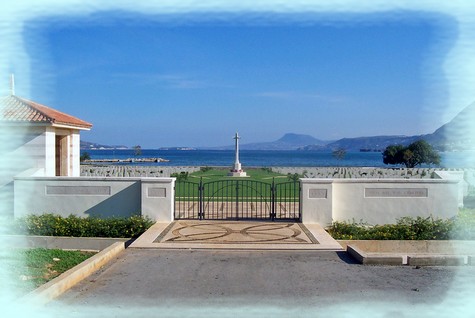
The Souda Bay War Cemetery Crete, is about 5 km east of Chania on the west of the Island of Crete.
The last resting place for those servicemen who died in the Battle for Crete
It's in a beautiful, quiet location overlooking the sea and is the last resting place of the British Commonwealth war dead who lost their lives between May 20th and May 31st 1941, during the Battle for Crete.
Here you'll find rows and rows of white headstones set in immaculate lawns and decorated with borders of flowers. Little pomegranate trees (the fruit of the underworld) are laid amongst the flowers and shrubs along each row.
At the seaward border of the Souda Bay Cemetery there are large bushes of rosemary (the herb of remembrance), all are significant symbols for the last resting place of so many who died in the Battle for Crete.
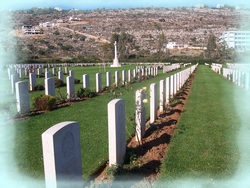
There are 1527 graves, mostly British, but with a large number of New Zealanders too (447), together with 197 Australians, and some other countries are also represented. Not all those buried here were identified and some headstones bear the legend Known only to God.
Visitors can sign a book with comments and feelings, and the entries are testament to the effect this moving place has on people who visit from all over the world. The visitor's book is housed in an enclosure near the entrance gate.
The Emotional Impact of Visiting Souda Bay War Cemetery Crete
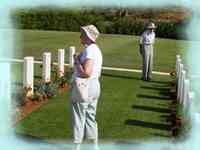
For many visitors, a trip to Souda Bay War Cemetery is more than just a historical experience—it is deeply moving. Walking among the rows of headstones, reading the inscriptions, and seeing the names of young soldiers who never returned home evokes a profound sense of loss and remembrance.
Many visitors describe feeling an overwhelming sense of gratitude, especially those with family connections to the Battle of Crete. Some bring flowers, others take a quiet moment to reflect, while some even trace their fingers over the names engraved in stone, honoring the sacrifice of those who rest here.
Stories of Bravery and Sacrifice
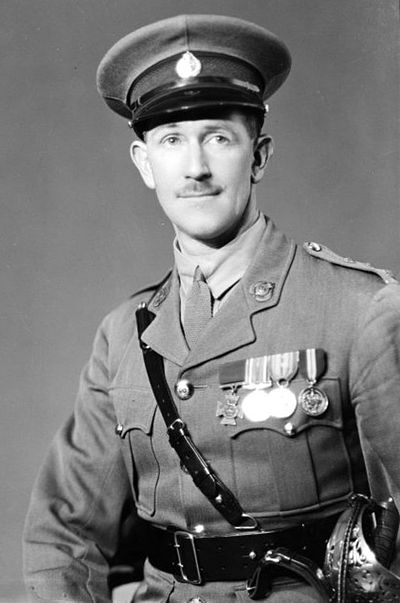
Behind each headstone at Souda Bay War Cemetery lies a story—many of them untold, yet all of them a testament to the extraordinary courage of the young men who fought and died on Cretan soil. The Battle of Crete, fought in May 1941, saw one of the most daring airborne invasions of World War II, as German paratroopers descended upon the island in waves.
Against overwhelming odds, British, Australian, and New Zealand forces, along with the fiercely determined Cretan resistance, put up a heroic defense. Many of the fallen buried here were among those who fought valiantly to repel the invasion, while others were wounded soldiers who succumbed to their injuries in the days and weeks that followed.
One particularly harrowing story is that of Lieutenant Colonel Leslie Andrew, a New Zealander who had already earned the Victoria Cross in World War I. He led his troops through intense firefights during the Battle of Crete, ensuring the evacuation of many soldiers. Though he survived the war, many of his men did not, and some now lie here in Souda Bay.
Even local civilians played their part. The Cretan people, known for their deep sense of filoxenia (hospitality) and defiance, risked their own lives to shelter Allied troops left behind after the evacuation. Many were executed for their bravery, their sacrifice forever intertwined with the stories of those buried in this hallowed ground.
Symbolic Details Within the Cemetery
A walk through the cemetery reveals more than just rows of uniform headstones. Careful thought has gone into the landscaping and layout, reflecting both respect and symbolism. The white Portland stone headstones are meticulously maintained, each bearing an inscription that tells a piece of history. Some display the badges of regiments, while others simply read: "A soldier of the 1939-1945 war. Known unto God."
Scattered throughout are pomegranate and olive trees, both deeply symbolic in Greek culture. The pomegranate, often associated with renewal and the afterlife, is a fitting tribute to those who rest here, while the olive tree—a universal symbol of peace—represents the hope for a world without war. The well-tended gardens, with vibrant red roses and other Mediterranean flora, contrast with the stark reality of war, offering visitors a place of quiet reflection.
A Lasting Connection: Souda Bay’s Role in Commemoration
Every year, the cemetery serves as a focal point for Remembrance Day ceremonies, bringing together representatives from the UK, Australia, New Zealand, and Greece to honor the fallen. Veterans, historians, and descendants of those who fought gather here to pay tribute, often sharing personal stories passed down through generations.
The cemetery is also a site of ongoing historical research. Military historians and archaeologists continue to uncover new details about the Battle of Crete, sometimes even identifying previously unknown soldiers through DNA analysis and archival research. For many families, Souda Bay provides a sense of closure—a place where loved ones lost in battle are given the recognition and respect they deserve.
Beyond the Cemetery: Other War Memorials in Crete
While Souda Bay War Cemetery is one of the most significant war memorials in Crete, it is not the only place that tells the story of the island’s wartime past. The German War Cemetery in Maleme, located near the site of the famous airborne invasion, is another somber yet fascinating site.
The Commonwealth Memorial in Rethymno pays tribute to those who fought in another key battle, while the Battle of Crete Museum in Heraklion provides a deeper understanding of the resistance and bravery of both Allied troops and the Cretan people.
Souda Bay War Cemetery Crete
-
How to Get There
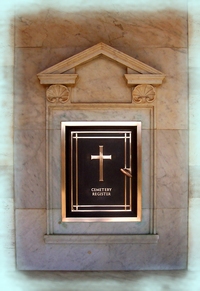
Here's how to get to the Souda Bay War Cemetery Crete.
If you are driving from the airport take the main road to Chania and follow signs for Souda. You will start to descend a steep hill and eventually you'll see a sign for the cemetery on the left. Turn first right into a small parking area.
If you are driving from the direction of Heraklion look for the exit Souda Bay about 10 km from Chania. Take this road and you will pass the Naval Base on your right (don't stop and take pictures!). Once in town you'll see a set of traffic lights - turn right towards the port, and then left to follow the road along the harbour. Eventually you will come to a Y junction and you will see a large INKA Supermarket. Take the right fork at these lights and drive up the hill for a couple of kilometres. The cemetery is signposted on the right.
If you are driving from Chania Town, take the Souda Bay exit and then turn right at the end of the road. Turn right at the T junction and then when you get to the INKA Supermarket turn left. After a couple of kilometres you will see the signpost for the cemetery.
Final Thoughts
Visiting Souda Bay War Cemetery Crete is more than just a stop on a sightseeing itinerary—it’s an experience that stays with you. Whether you come to honour a family member, to learn more about history, or simply to pay your respects, this sacred site serves as a reminder of both the horrors of war and the strength of the human spirit.
For visitors interested in detailed historical information and records of those commemorated at the Souda Bay War Cemetery, the Commonwealth War Graves Commission provides comprehensive resources.
To learn more, visit the Commonwealth War Graves Commission's page on the Souda Bay War Cemetery.
Want to discover even more of what Crete has to offer?
Explore hidden gems, must-visit spots, and insider tips below!
Just Some of the Reasons We Love Crete
Did you love this page? Please share it with your friends!
© Copyright All Original Content 2006 - 2025 Completely-Crete.com. All
Rights Reserved. Reproduction in whole or in part without permission is
not permitted.
Click here to learn about developing your own money-generating website
from Solo Build It! - even with little or no web experience!
